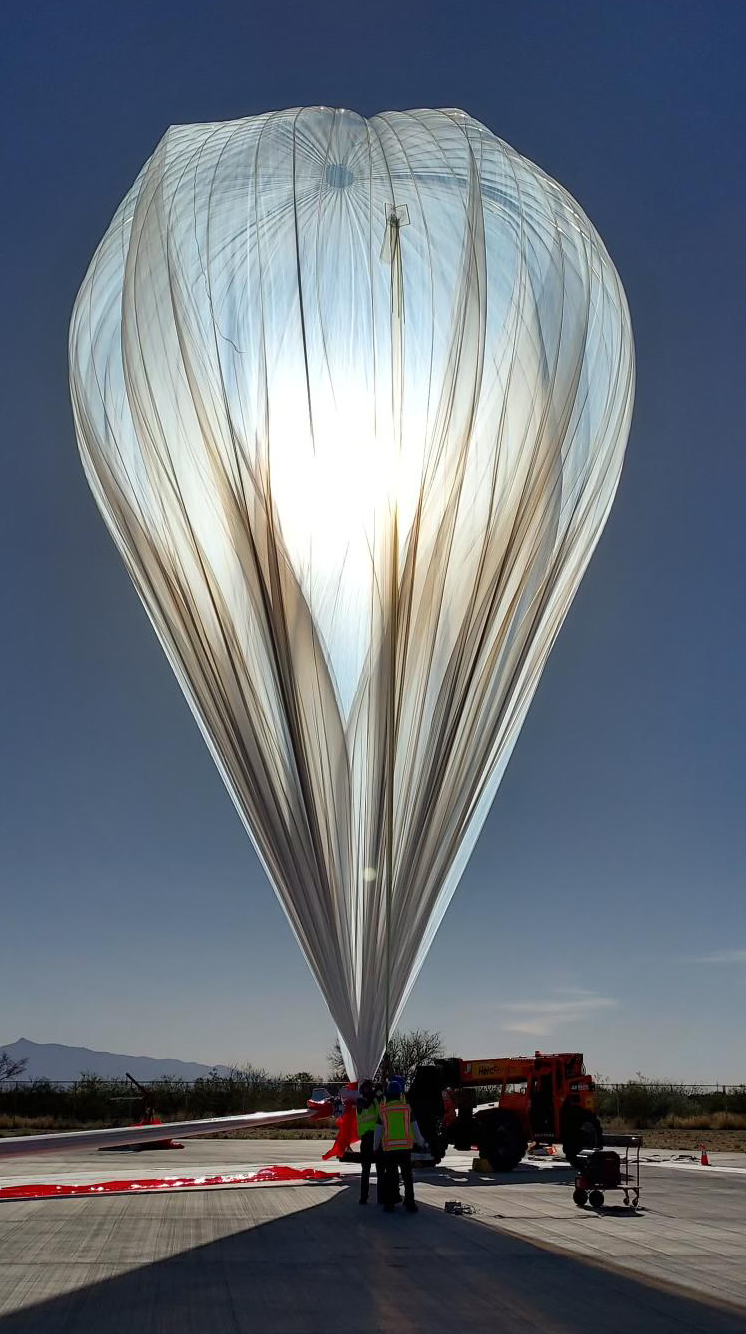In preparation for high-altitude flight tests of NASA’s quiet supersonic X-59, NASA and Lockheed Martin personnel recently underwent pressure breathing training in San Antonio, Texas.
NASA’s X-59 research aircraft is designed to reduce sonic booms to gentle thumps. As an experimental aircraft, X-59 will fly at altitudes up to 60,000 feet, much higher than today’s typical commercial transport aircraft.
The training, conducted by engineering firm KBR, prepared pilots and other aircrew for proper use of the upgraded life support systems installed on the X-59 and two F-15 chase aircraft, which would be used in the event of a cabin pressure loss. At high altitudes, a loss of cabin pressure requires pilots and crewmembers in the rear seats of the F-15s to use masks and other equipment, that employ positive pressure breathing – a system that helps push oxygen into their lungs.
Without this system, the lack of oxygen can cause headaches, lightheadedness, dizziness, tunnel vision, even loss of consciousness.
The crews practiced different scenarios that will help them respond if there’s ever a need in the future. The training started at 10 seconds, to give everyone a feel for what pressure breathing is like. Then the training went up to 30 seconds. In the event of an in-flight emergency, the system would give a pilot enough time to descend to a lower altitude.
The X-59 is the centerpiece of NASA’s Quiet SuperSonic Technology, or Quesst, mission. Quesst has two components. The first, prove the sonic boom softening technology of the X-59. The second is to provide data to U.S. and international regulators so they can consider lifting bans on supersonic flight over land. Lifting such bans would open the doors to new commercial cargo and passenger markets to provide faster-than-sound air travel.

































